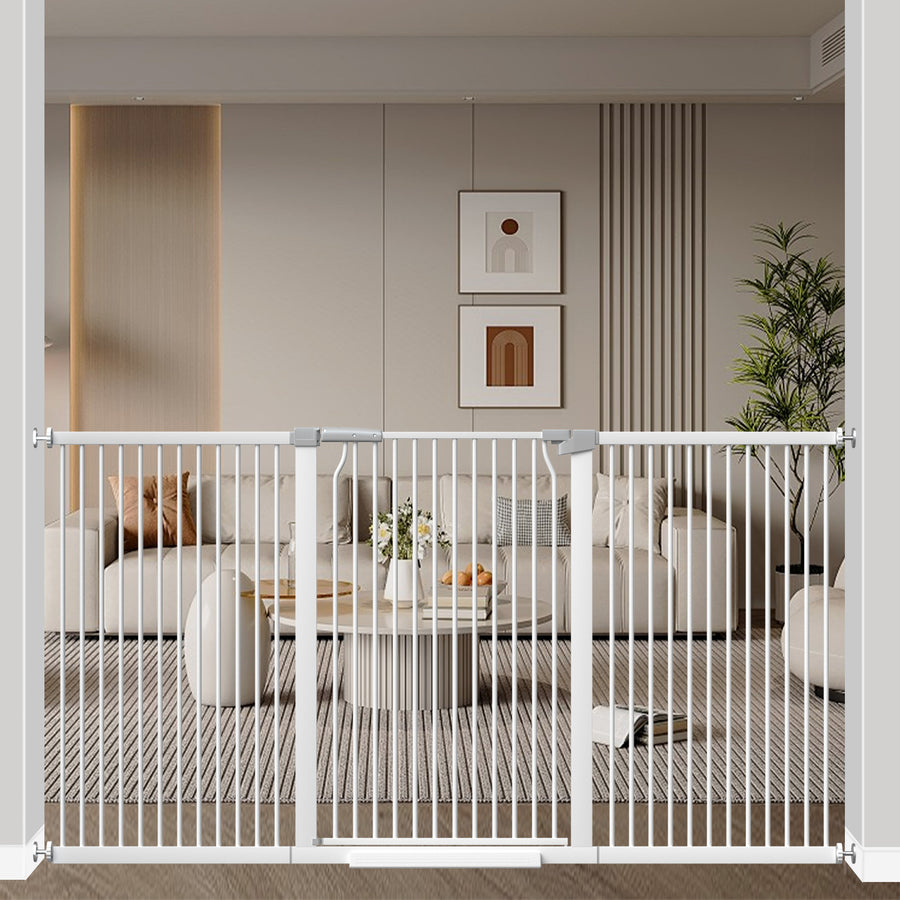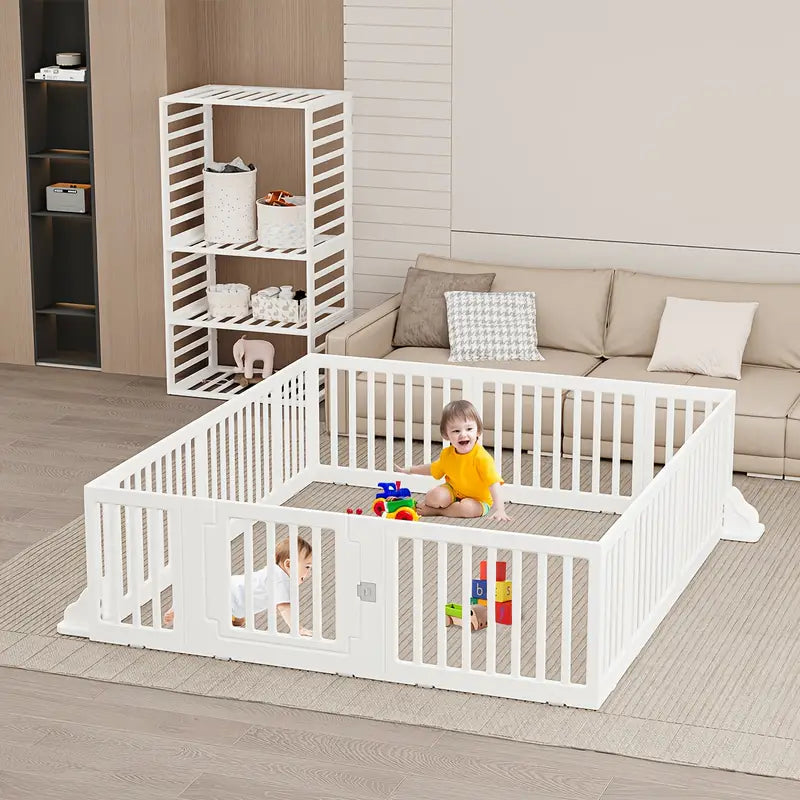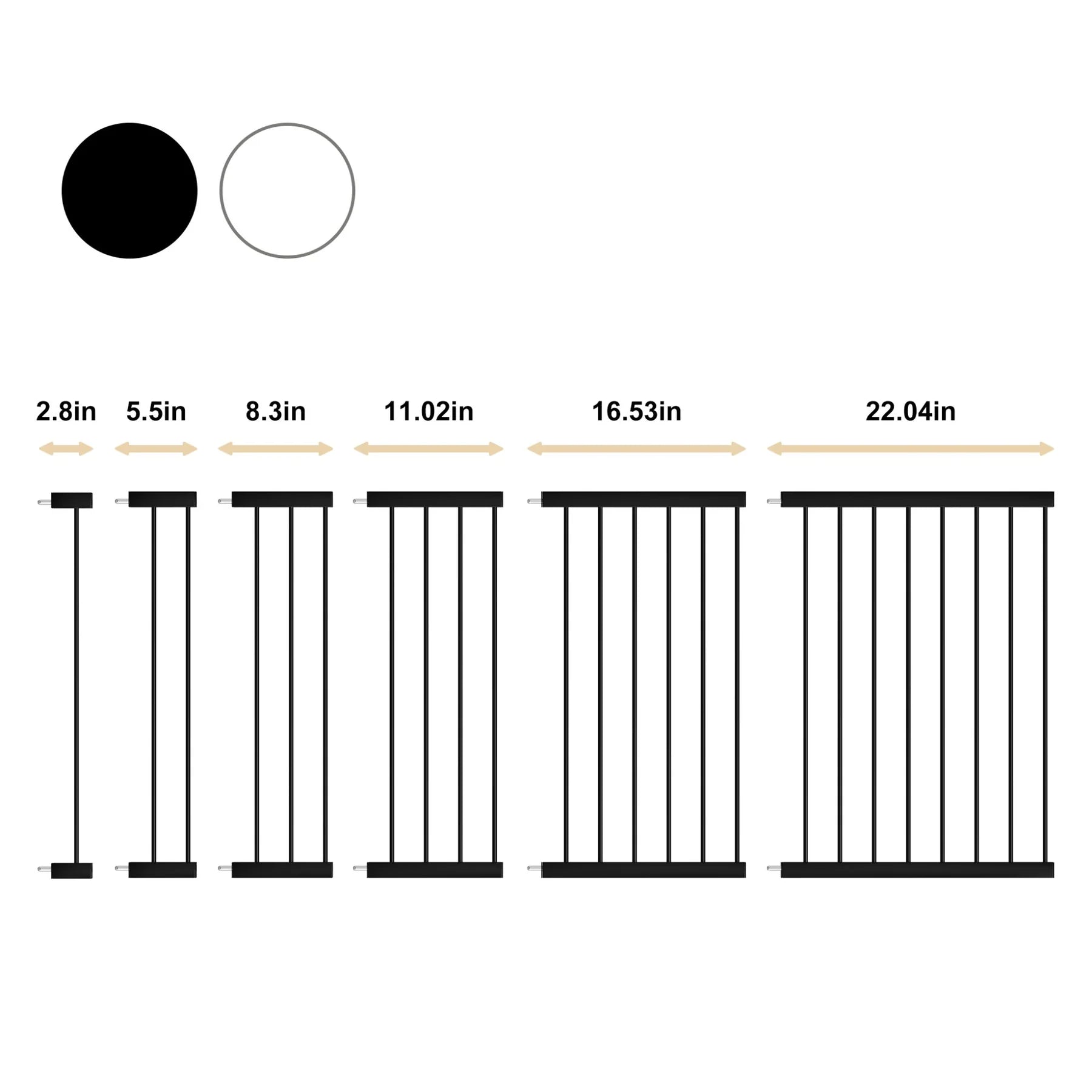Puppy Meets Baby: A Guide to Smooth Introductions
Imagining your pet snuggling with your new baby might seem wonderful, but it's important to remember that this scenario can be risky. The unpredictable nature of dogs around infants means forcing such meetings can increase stress for both the pet and new parents. They're already dealing with new changes, including crying, new scents, hormonal changes, and a sharp drop in sleep.
However, this doesn't mean your child and pet can't eventually become great friends. The key lies in early preparation for your dog before the baby arrives. Unsure where to begin? We provide guidance on readying your furry friend and ensuring ongoing safe, positive interactions once your baby is home.
Can Newborns Be Around Dogs?
Newborns can share a space with dogs, but it requires constant, vigilant supervision. This might mean keeping the dog on a relaxed leash or having an adult positioned between the newborn and the dog. However, close and unsupervised interaction isn't advisable.
Newborns are incredibly delicate, and it's crucial to understand this when mixing infants and pets. Dogs often perceive a baby as a new presence, not a family member. There's no need for close contact between the two initially. Keeping them apart early on is beneficial for setting limits for the dog. Experts concur that this separation doesn't hinder the possibility of a future strong bond.
Setting boundaries involves early training and preparation for your dog. Introducing your dog to a new routine and rules is essential in creating a safe environment and handling any risky situations that might arise.
Prepare Your Dog for a Newborn
It's never too soon to start preparing your dog for the arrival of a newborn. Dogs thrive on routine and consistency, and unexpected changes can be challenging for them. To minimize stress, begin training as early as possible, ideally, as you're trying to conceive or as soon as pregnancy is confirmed. Tackle any existing behavioral issues your dog may have, like leash aggression, fear of people or other animals, or separation anxiety.
To effectively prepare your dog for the new family member, consider these strategies from experts of Westwood Animal Hospital's Animal Behavior Consultations:
Create Dedicated & Safe Areas
It is essential, especially when there's a new baby. Expert suggests using dog gates, playpens, and crates. Make these spaces inviting with treats, toys, and praise. These areas serve two main purposes:
- They provide a secure environment when a parent is busy with the baby and needs to manage the dog quickly.
- They offer a peaceful retreat for your dog if they become anxious or overwhelmed.Also, consider the benefits of a dog gate for your situation.
Set Basic Training Commands
- Sit: Helps in maintaining calmness.
- Stay: Essential for controlling movement.
- Down: Prevents jumping on someone holding the baby.
- Go: Useful for directing your dog to their safe space.
- Leave it: Important to teach your dog to avoid baby items like pacifiers and toys.
If necessary, employ a certified dog trainer to ensure your dog confidently understands these commands.
Learn Dog's Body Language
Watch for subtler signs of stress or fear, such as trembling, tail tucking, whale eyes, panting, yawning, lip licking, and ears back. If these signs appear, guide your dog to their safe space.
Establish Clear Boundaries
If certain areas like couches or bedrooms are off-limits, start enforcing these rules immediately. Please create a new sleeping space for your dog and use positive reinforcement to help them adjust to their new environment.






Leave a comment